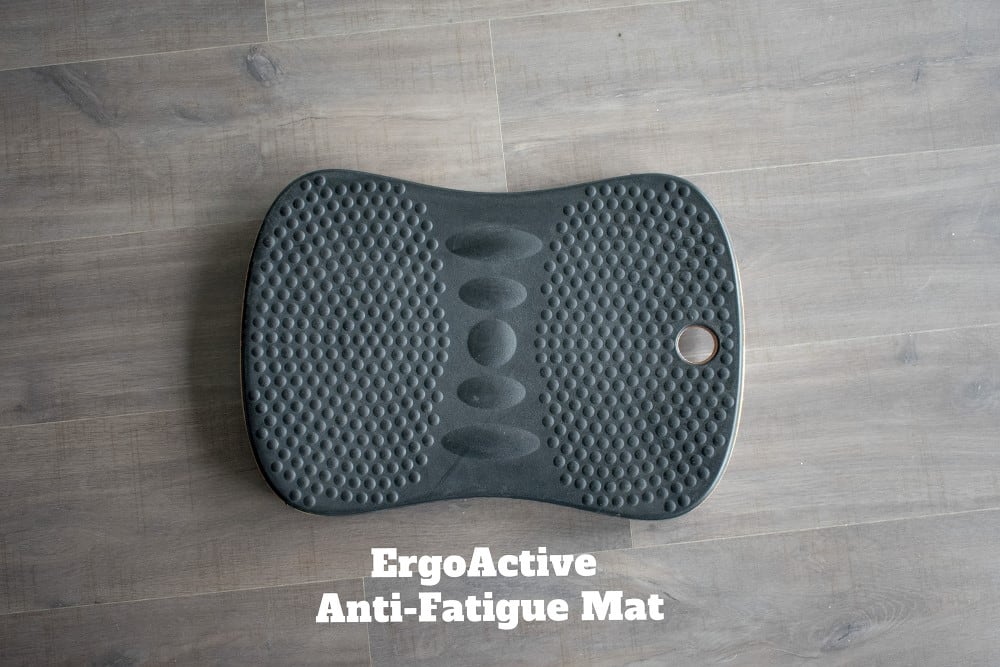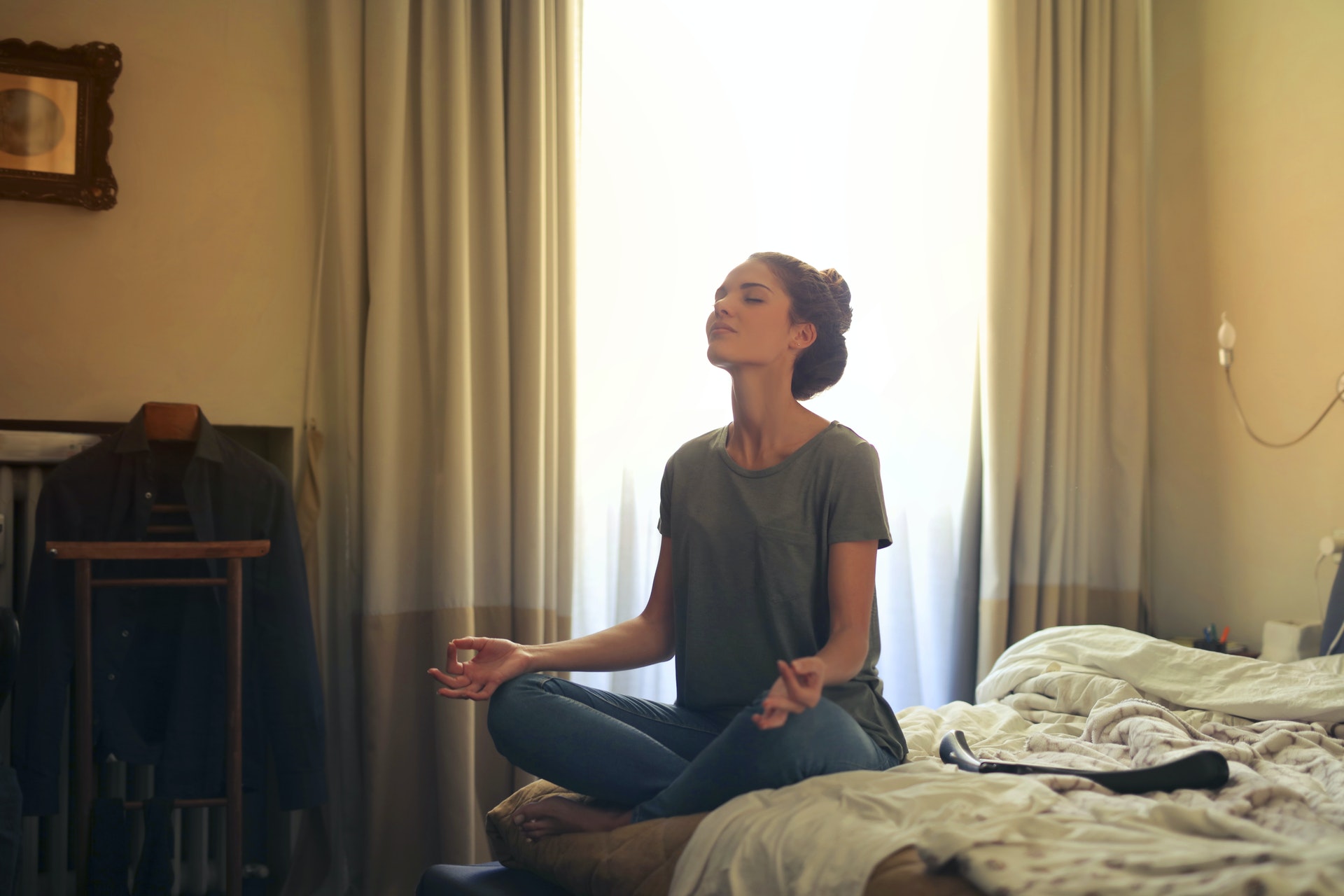
When it comes to using the standing desk properly, it is important to not forget using a good quality anti-fatigue mat. According to Healthline.com, anti-fatigue mats are important inclusions to use standing desks correctly. On one of its articles, the following is mentioned
“Anti-fatigue mats are commonly used in jobs that require extended periods of standing, such as working on a product line or at a counter. These mats reportedly combat standing fatigue by encouraging subtle movements of your leg muscles. This improves blood flow and reduces overall discomfort. Studies show that people who stand for 2 or more hours per day report less discomfort and tiredness when using anti-fatigue mats. The mats also help with leg problems and lower back pain”
Anti-fatigue mats are essential ergonomic tools that should be present in the workplace.
What do People say About Anti-Fatigue Mats?
One of the most common comments that we hear back from our customers (besides how much they love our products, of course), is how much they love our standing desk anti-fatigue mats.
"it made the transition SOOO much easier"
"I never realized how much better my feet feel at the end of the day"
"I can stand the WHOLE day now!"
We've had a lot of great feedback. We're ecstatic about the feedback, especially because it's backed by strong evidence and science (and we love our science!).
We know standing is good for you and has a host of health benefits, but as we know, it has its own stressors if you overdo it. Especially if you are in uncomfortable shoes, or if you are standing on a hard tile/concrete/hardwood surface for long periods. So how do you keep the benefits of standing, while mitigating the stress? Why standing desk mats!
What is a standing mat, exactly?
Well, standing desk mats, or "comfort mats", or "anti-fatigue" mats are cushioned mats with a foam cell core. There are some materials (think of a woolly bath mat) and rubber (think rubber garage mechanic mats) mats out there, but standing mats like ours are specially designed to promote blood flow and prevent fatigue while at your adjustable sit-stand desk. They are the perfect density and firmness to allow your feet to sink in a little bit, but not too much (you don't want to feel the firmness of the floor while standing on them).
They are sized to work while standing up or to slide under your desk while sitting down. Especially if you are not used to extensive standing, they are a great idea to help you transition into a healthier 'stander' mode with minimal impact. You probably won't need the standing desk mat as much after using your standing desk for 6 months, but customers still continue to use and love them!
How do they work?
Standing desk mats work by promoting blood flow to your feet and allowing easier blood from to and from the heart. The mats induce small micro-movements of the muscles in your feet and legs (since they have more give and are not completely resistant like a hard floor), which pulls in blood and promotes circulation.
The fresh blood actually prevents fatigue from setting in, prevents varicose veins, and the circulation increases the amount of oxygen reaching the heart and helps the entire body. The small micro-movements also transfer up the whole body and help reduce stress on the legs, knees, hips, back and neck (yes, the foot bone connects to the leg bone, connects to the...)
You don't need to take the word of our customers, though, a study conducted recently at the Center of Ergonomics at the University of Michigan by Ergonomist Mark Redfern. The study concluded that different standing surfaces can have dramatic effects on physical fatigue.
The best thing to do? An anti-fatigue mat like our standing desk mat. Energy and comfort were improved by 50% in those who used the mats. There is a reason that Occupational Health and Safety boards like CCOHS and OSHA recommend anti-fatigue mats.
The right comfort mat can go a long way in improving your standing desk experience, and your health, even more.
Every worker, either in a home-based or office-based workplace should remember this: Stand straight, stand tall, and stand on a mat!
Introducing Anthrodesk’s Anti-Fatigue Mats
AnthroDesk offers several types of standing desk anti-fatigue mats. They are made from high-quality materials. Check out below their features and learn how they can be a great benefit for you.
ErgoActive Mat Standing Desk Anti-Fatigue Balance Board
With an elegant yet durable design, the ErgoActive Mat can change the way you work. It helps you stay active while focusing on your day-to-day tasks. The natural movements that your body makes while balancing help activate both small and large muscle groups. The ErgoActive Mat also aids in putting a stop to any injuries associated with a motionless, sedentary lifestyle.
Premium Anti-Fatigue Mat for Sit-Stand Desks
This anti-fatigue mat offers the following features.
- PREMIUM: This is our premium non-slanted anti fatigue-mat, perfect for transitioning to a standing desk
- COMFORT-FOAM CORE: High-density core for extreme cushioning and maximum comfort
- DIFFERENT SIZES AVAILABLE: Choose your preferred size from 32" up to a massive 70" in length!
Standing Desk Anti-Fatigue Mat (Black)
This standing desk anti-fatigue mats provide the following benefits.
- Reduces fatigue from standing
- Makes the transition to a sit to stand desk easy
- If you have a wood, laminate, or tile floor, then you NEED this standing desk mat
- High quality, high-density polyurethane construction
- Extreme cushioning with ergo-foam core for maximum comfort
- Significantly reduces fatigue and makes the transition to a standing desk much easier
- 30" x 18" (75cm x 45cm) size
ErgoSlant Anti-Fatigue Standing Desk Ergonomic Comfort Floor Mat
- Advanced scientific design
- Counters detrimental effects of heeled shoes (for men and women)
- Encourages micro-movements for health and calorie burning
- Makes transitioning to your standing desk much easier
- Ergonomic design to help improve posture, reduce back pain, and counter negative effects of heeled shoes
- Scientifically proven: "Sloped surfaces create a favourable postural variability in both pelvic and lumbar spine angles" (2 published PubMed studies)
For more details, you can check here.





